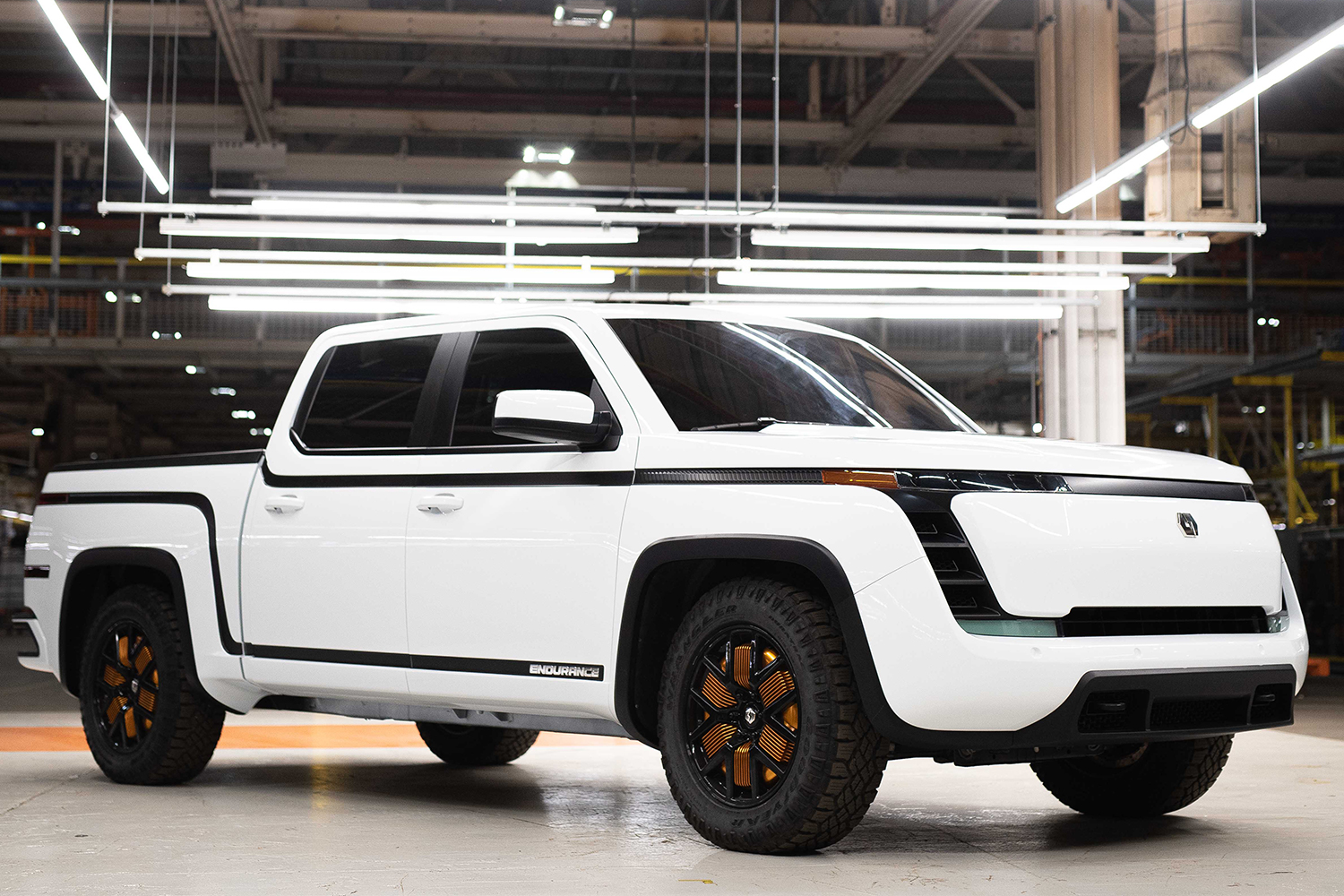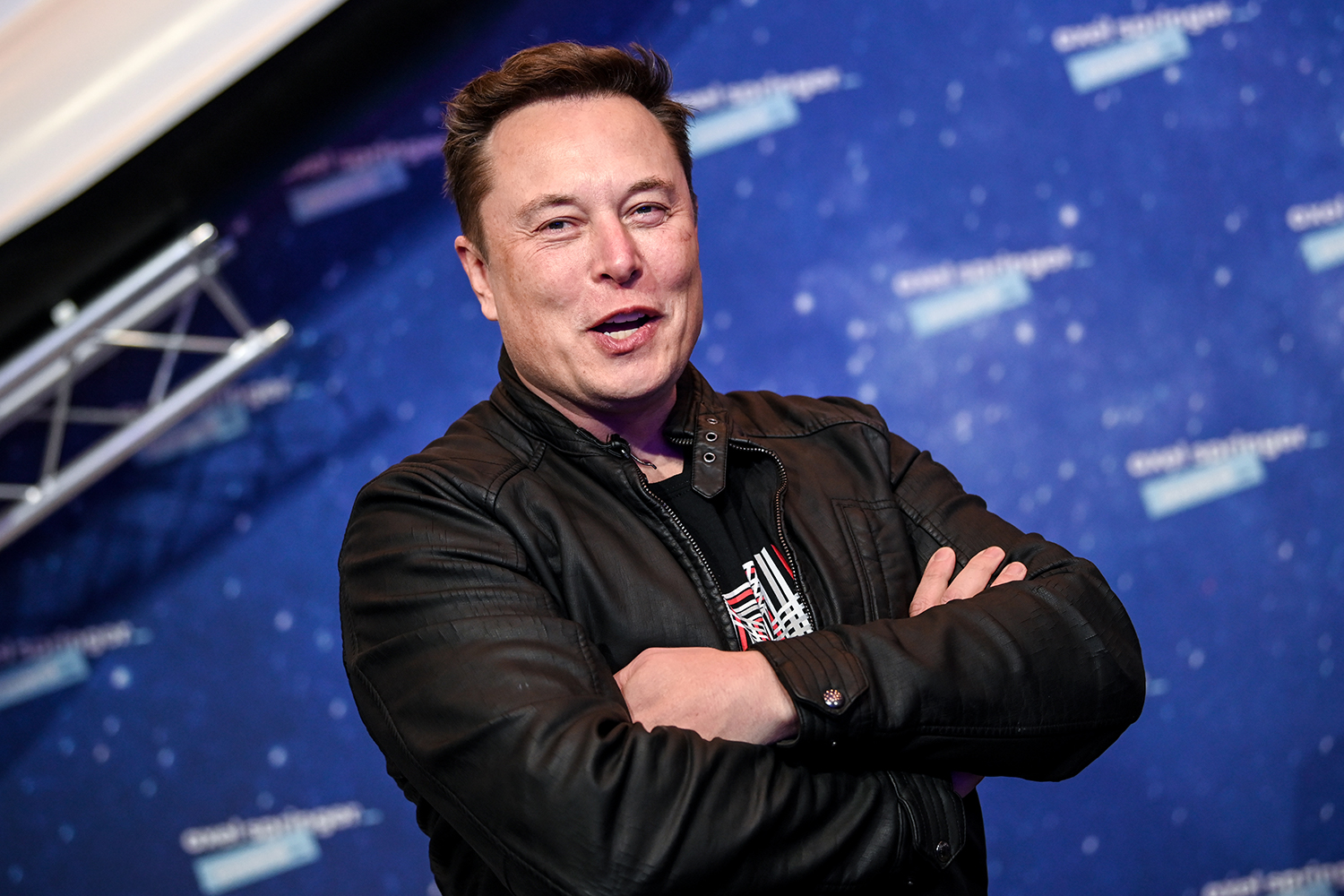We previously went out of our way to champion the GMC Hummer EV pickup not because of its futuristic tech or video-game cred, but because we thought it would be the rare electric vehicle that actually gets built on a reasonable schedule and on time. Punctuality, as we’ve seen from Tesla, Rivian and others, is not a strong suit for this category, but the first electric Hummer is set to begin production this fall.
That stamp of approval makes it all the more regrettable that we cannot place the Hummer EV SUV, a second version of GMC’s electric “supertruck” line which was officially unveiled on Monday, on the pedestal alongside it. Yes, the sport utility vehicle is built on the same platform with the same Hulk-ian dimensions, but while the truck is a beacon of progress for the electrification of the automotive industry, the SUV is an unfortunate manifestation of everything that’s wrong with how automakers are handling electric vehicles.
Are you under the impression that, because GMC launched the Hummer EV SUV this week, you will be able to buy it soon? Because that is most certainly not the case. We knew the original truck design was getting a prolonged rollout, with a deluxe Edition 1 model being produced first in 2021, then lower-priced versions becoming available in Fall 2022, Spring 2023 and Spring 2024. But the SUV — even the $110K Edition 1 model, reservations for which have reportedly already filled up — won’t be available until 2023, with lower-priced models slated for release later that year and into 2024.
In essence, GMC just unveiled the final version of an SUV that you can’t buy for at least two years. Why unveil it at all?
The automaker is following what have become two standard routes from the EV playbook. First, with the pickup, they’re first offering an absurdly expensive model that will help them finance lower-priced models that come later; this is something Tesla did with the original Roadster, which helped them build up to the Model 3. Second, with the SUV, GMC is doing the bait-and-switch of unveiling an impossibly cool, unbelievably powerful, tantalizingly futuristic vehicle, taking reservations for it, but setting an actual release date far off into the future. This is also something Tesla is doing with the Cybertruck: it was unveiled in 2019, but with a final design still not shown, Elon Musk’s original production start of later this year is looking unlikely.

While it’s not necessarily fair to hold General Motors, the parent company of GMC, to a higher standard than Tesla, especially because Musk’s company currently has a market valuation several times greater, it is disappointing to see the legacy automaker adopt the hype-machine tactics of electric startups. What the auto industry needs to convince Americans to buy electric are actual, real, in-the-flesh cars, trucks and SUVs that people can buy, not nebulous dream machines they can reserve for $100 only for the technology to rapidly change in the meantime.
After all, battery technology is advancing at a rapid clip, with prices continuing to fall at the same time range and charging possibilities increase. So what happens to the Hummer SUV if the tech currently promised gets outdated, and potentially isn’t worth the $100K price tag, by the time 2023 rolls around?
Our advice would be to come to terms with the simple fact that vehicle reservations in this day and age are a gamble. They’re immensely helpful to the automaker to get a quick influx of cash and info on potential buyers, but most of the time, they’re nothing but headaches for you, the consumer. Instead, put your time and money toward vehicles that actually exist, or at least have a reasonable timeline.
There are plenty of great electric SUVs you can buy right now. No need to cross your fingers.
This article was featured in the InsideHook newsletter. Sign up now.


















